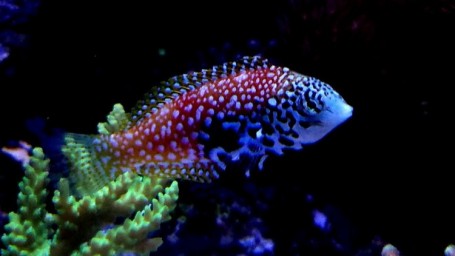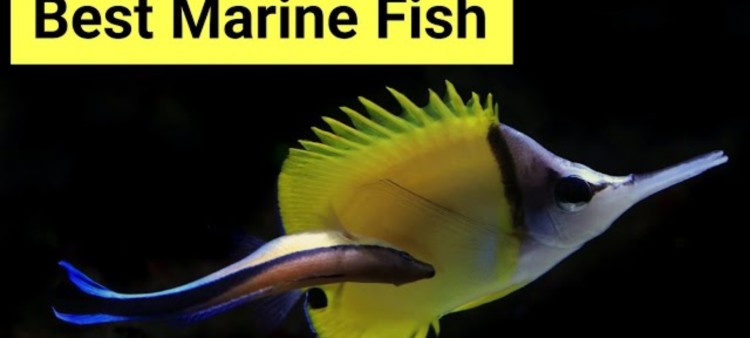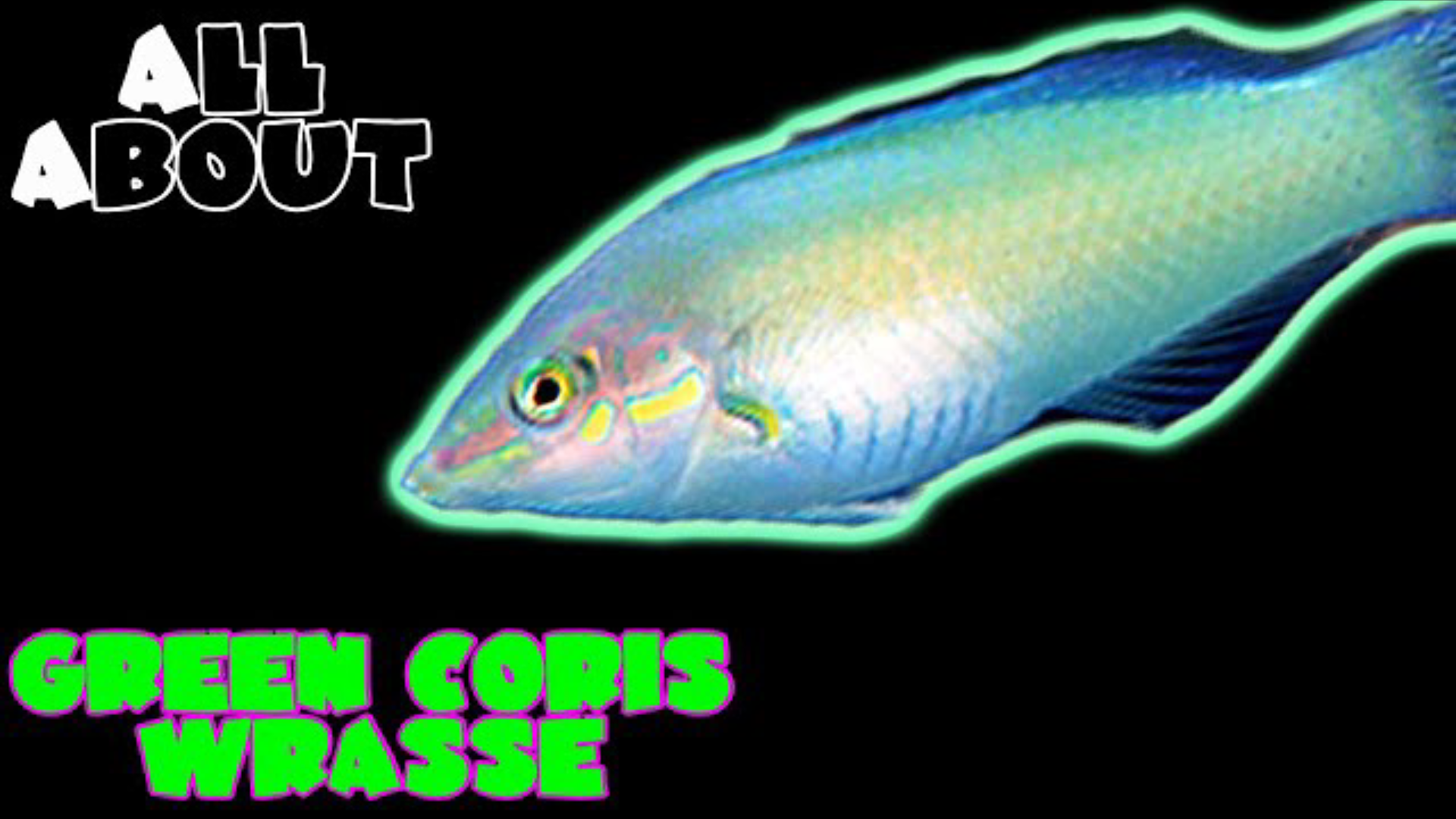- Name:
Leopard Wrasse
(View AKA's) - Family: Labridae
- Species: Wrasse
- Scientific Name: Macropharyngodon meleagris


More Details
General info about Leopard Wrasse
The Leopard Wrasse this species has two different appearances depending on gender. Females are white with multiple black or brown irregular spots with white to blue margins covering the entire body. The female's fins may have accents of yellow or tan. The males have an orangish-red background color with green mottling covering the body. An aquarium with well established live rock and a layer of live sand is recommended. They will do best when introduced in groups of three or more. It eats small invertebrates (foraminiferans and amphiopods) that grow on live rock.
Caution with Leopard Wrasse
Wrasse are considered jumpers make sure your aquarium has a tight-fitting canopy or screen cover to prevent the Wrasse from jumping out of your aquarium. Wrasse have been known to jump through the smallest of holes in a canopy.
Wrasses prefer to have a 2" (5cm) sandbed to allow them to burrow into the sand to sleep or when they feel like they are in danger. Some people with bare bottom tanks have also added a Tupperware with a 2" deep sand bed to accommodate the wrasse's needs.
They are generally peaceful but may display aggression towards members of the same species.
Relevent Articles
Original Detail
| Name | Species | Family | Scientific Name | More Detail | Added by |
|---|---|---|---|---|---|
| Leopard Wrasse | Wrasse | Labridae | Macropharyngodon meleagris | The Leopard Wrasse this species has two different appearances depending on gender. Females are white with multiple black or brown irregular spots with white to blue margins covering the entire body. The female's fins may have accents of yellow or tan. The males have an orangish-red background color with green mottling covering the body. An aquarium with well established live rock and a layer of live sand is recommended. They will do best when introduced in groups of three or more. It eats small invertebrates (foraminiferans and amphiopods) that grow on live rock. | PalaciosAn |
Changed by users
| Submitted Date | Submitted By | Status | Action |
|---|



